The moment I saw John Travolta walking to a Bee Gees’ beat down a Brooklyn street, I began to take pop-culture dance seriously. Looking back, the movie is weak in the way all but the best dance movies are. The plot’s creaky to the point of unendurable, and that’s not counting the ’80s clothes and hair. Travolta’s dancing still shines. Thirty years after the fact and trapped in a bad movie, he works silence into cheap dazzle to get gold.
He the man, but what hung over the dance floor continues to make its appearance in art. Below, the disco ball as contributory influence on discards, broken lights, dead planets and chandeliers. Echoing behind all is the music of their sphere: You can tell by the way I use my walk… Rhythm, ladies and gentlemen, rhythm, even when, in David Thompson’s phrase, playing torch songs on dead batteries.
Jabu Arnell Disco Ball #2,3 and 4 2009
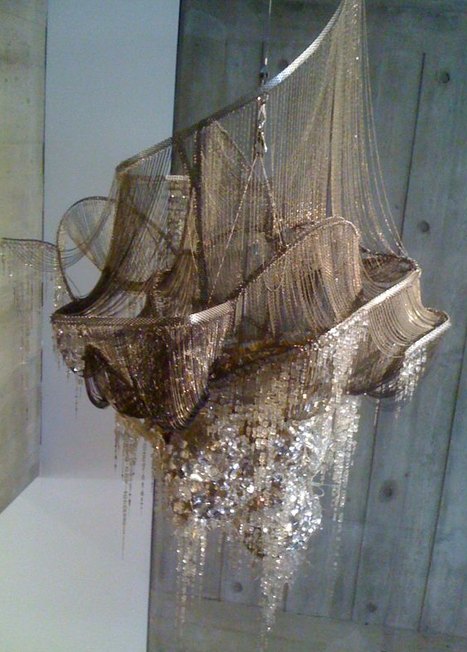 Arnaldo Pomodoro, DISCO bronze with gold patina, 36 inches in diameter, 1966, second artist’s proof from an original edition of 3 (via)
Arnaldo Pomodoro, DISCO bronze with gold patina, 36 inches in diameter, 1966, second artist’s proof from an original edition of 3 (via)
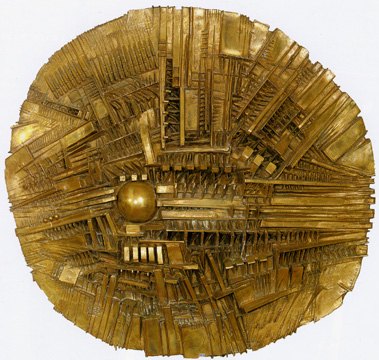 Chris Burden Medusa’s Head (American, born 1946)
Chris Burden Medusa’s Head (American, born 1946)
1990. Plywood, steel, cement, rock, model railroad trains and tracks, 14′ (426.7 cm) in diameter.
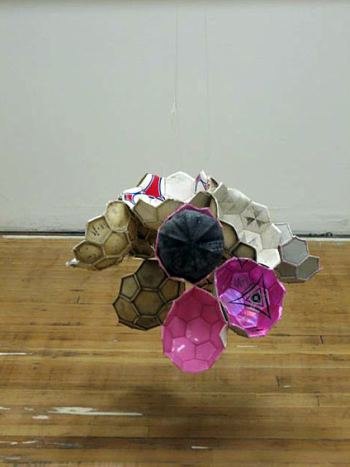 Gretchen Bennett, The dull flame of desire
Gretchen Bennett, The dull flame of desire
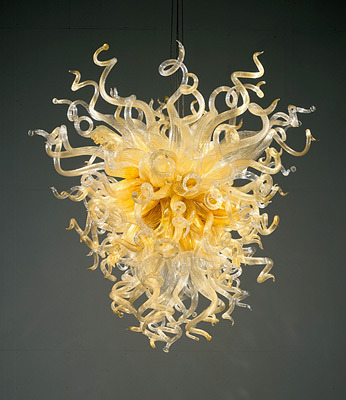



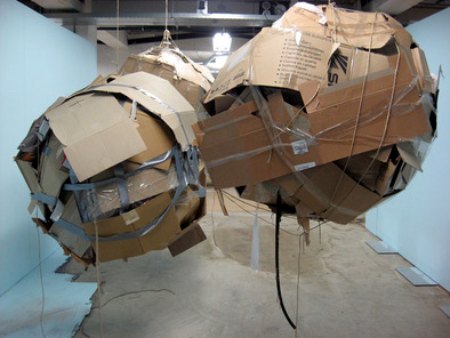
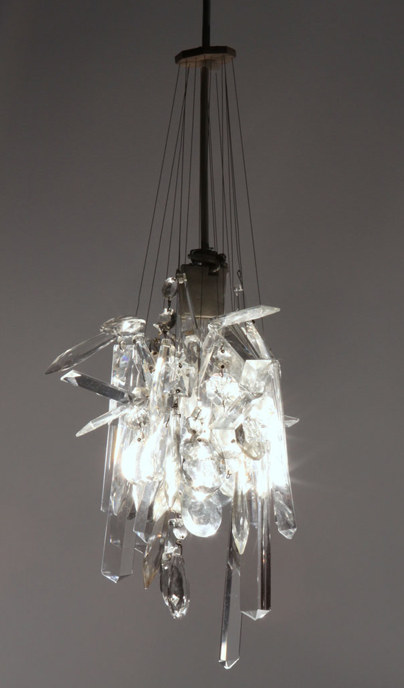
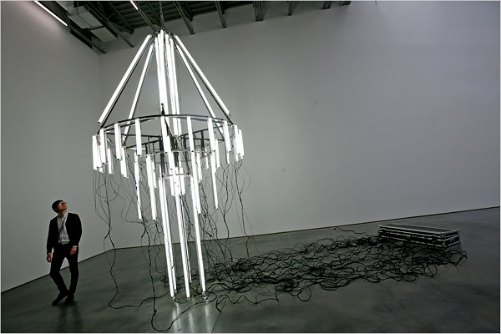
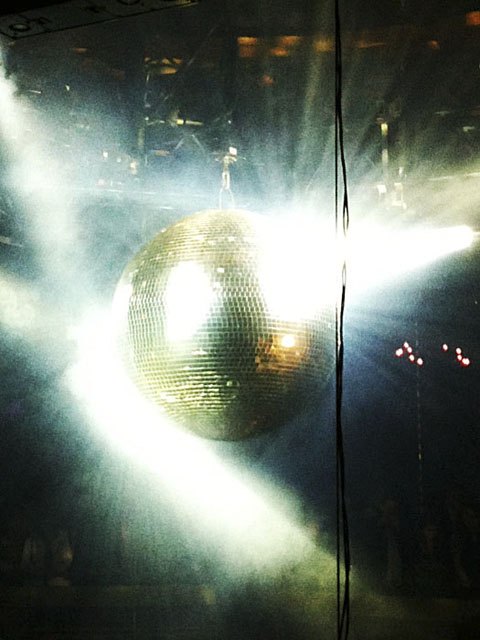
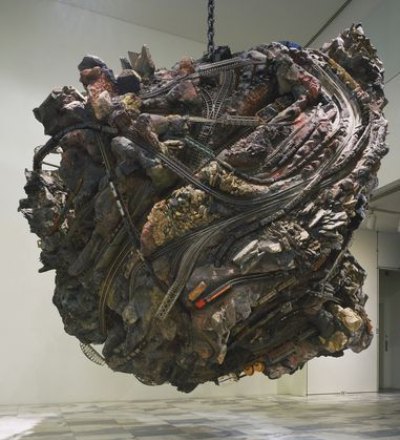
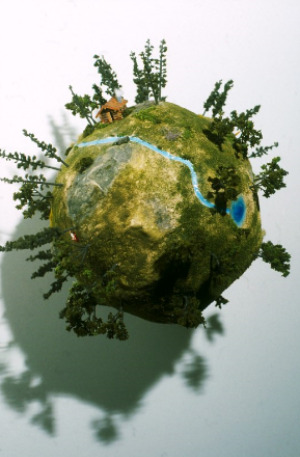
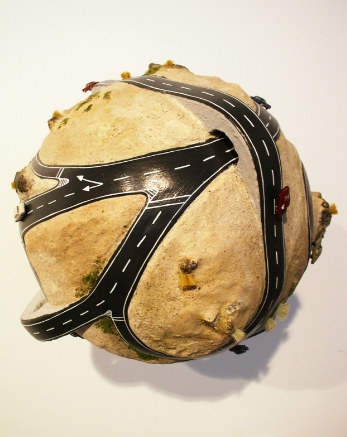
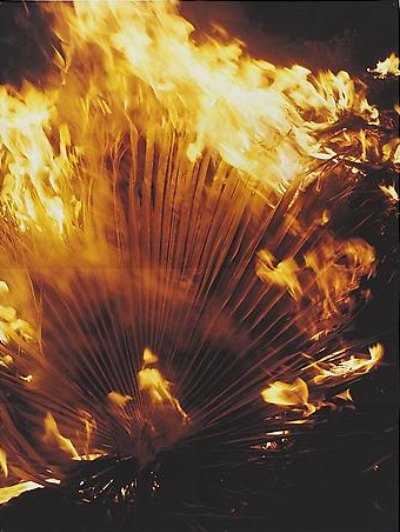
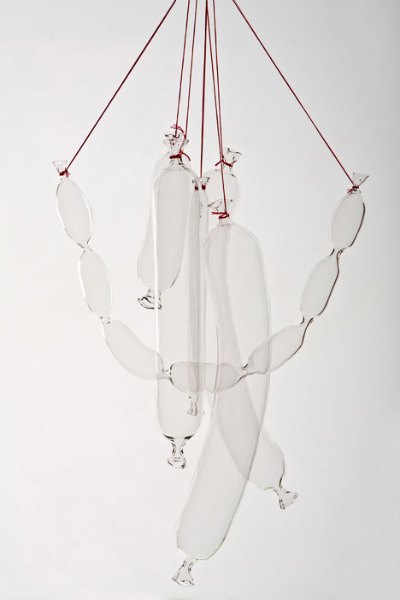
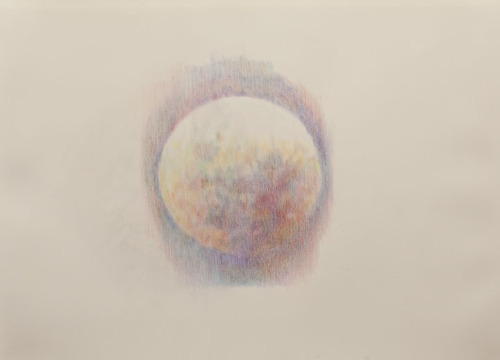
Regina, can you add a pic of the Metropolitan Opera House’s chandelier to the post? If that’s not a high-art disco-ball, I don’t know what is …
Hi MW: I love the Met’s chandeliers, but I think relating them to disco is maybe an impossible stretch.
http://www.openwidepdx.com/?p=4288
?
One of my favorite disco ball artworks is this photo by Adam Ekberg (represented in Seattle by Platform Gallery):
http://adamekberg.com/artwork/4546_Disco_ball_on_the_mountain.html
and there is Dave Muller’s current show at Anthony Meier Fine Arts in SF:
http://www.anthonymeierfinearts.com/exhibits.htm
The quintessential disco-chandelier artist, John Armleder:
http://www.artknowledgenews.com/John_Armleder_.html